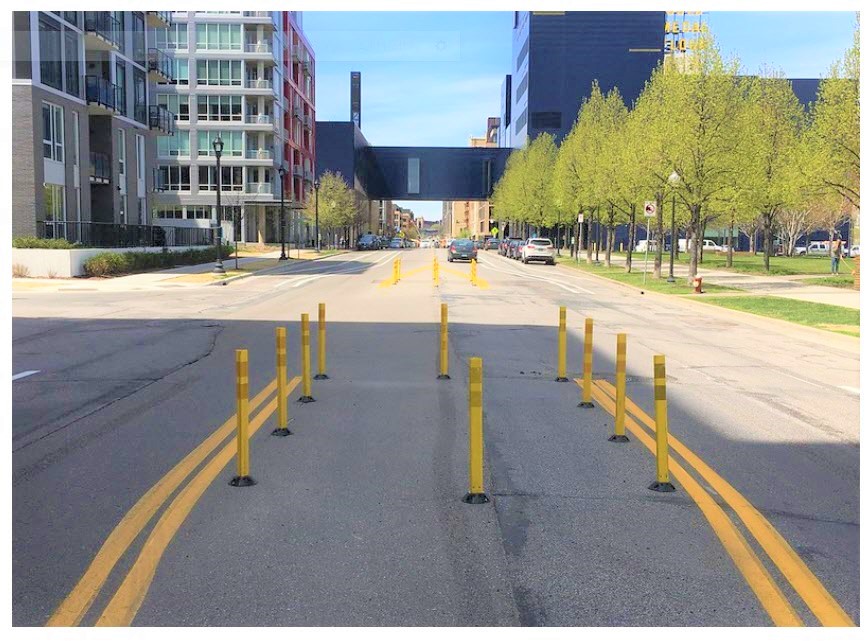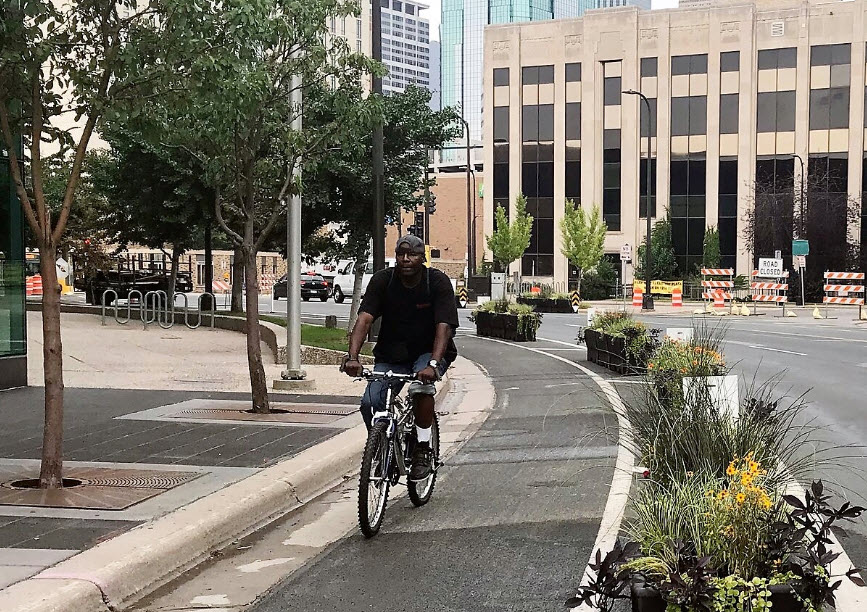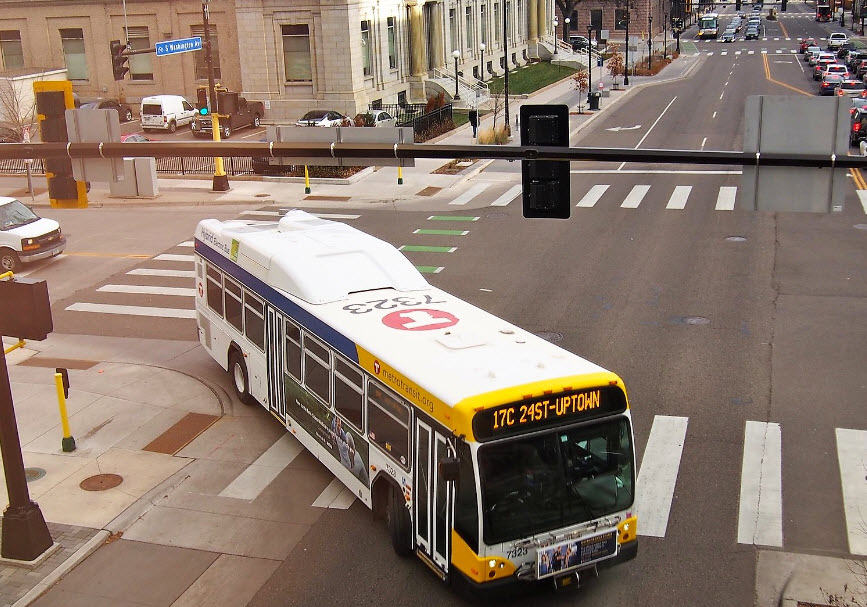Vision Zero
We can work together to prevent severe injuries and deaths from traffic crashes.

To zero in ten years
I want to
Explore this section
Vision Zero safety improvement projects
For more information on Vision Zero safety improvements, visit the Vision Zero projects page.




